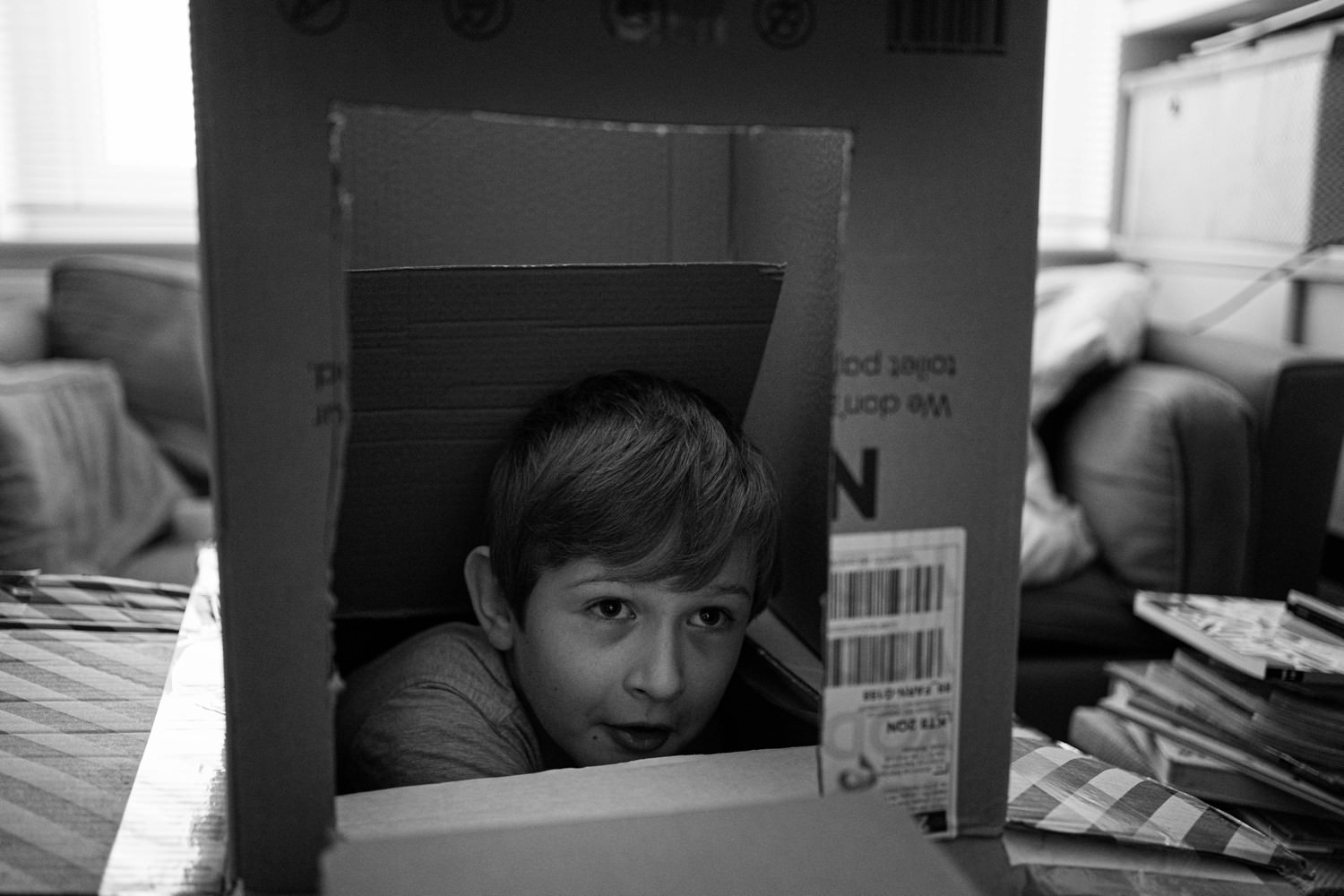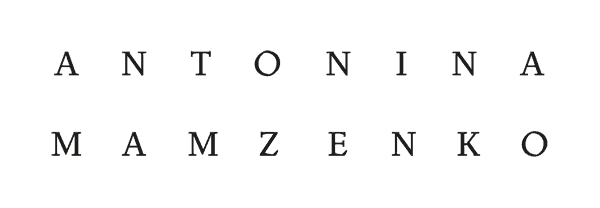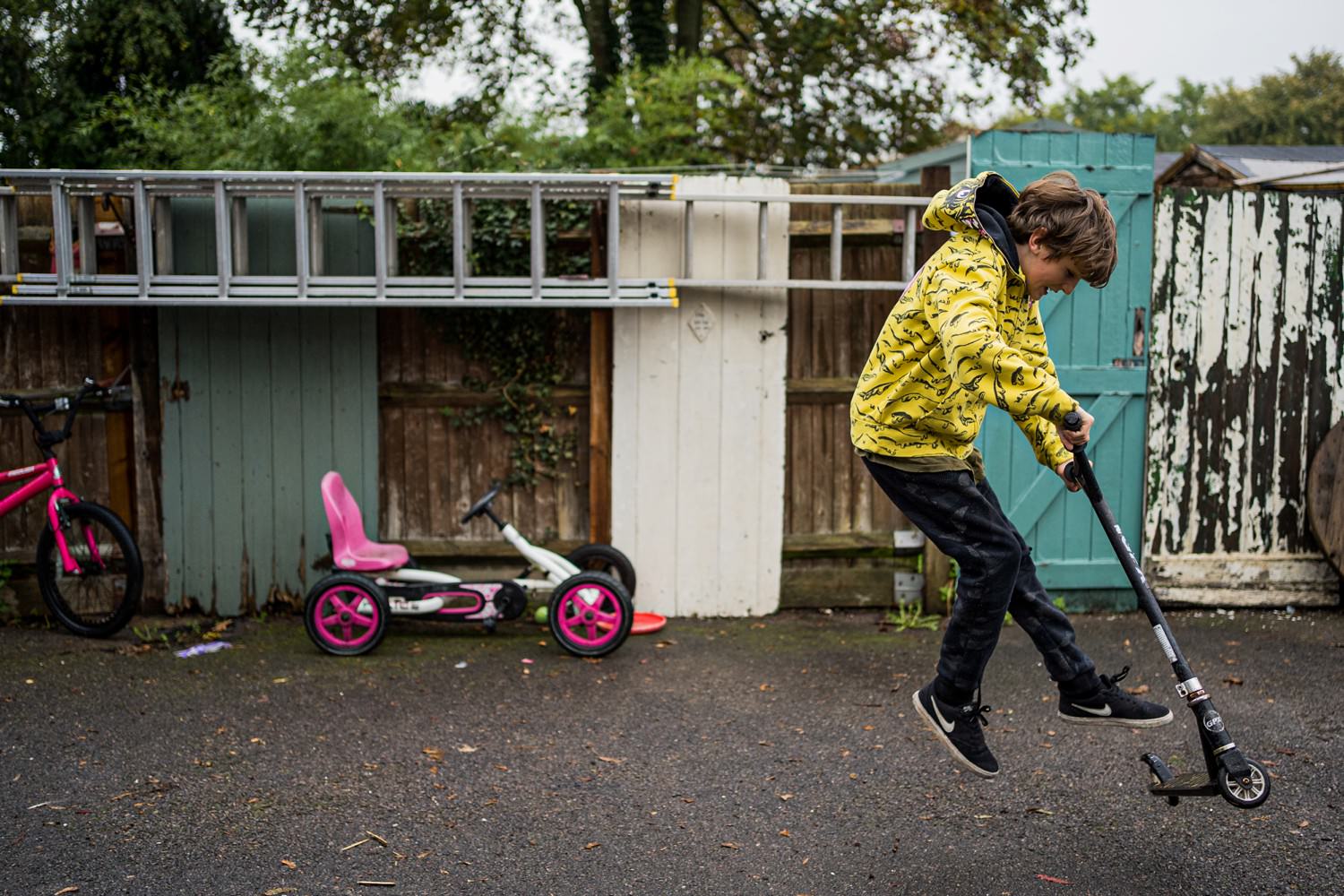ISO 800 f2.2 1/2000 sec
I’ve been using Canon cameras since I got my very first digital compact back in 2000 or so. Then around 2007 I got interested in photography and a photographer friend adviced me to get a Canon Rebel 350D. I would not be exaggerating if I said that that camera changed my life.
I’ve used Canon cameras ever since, moving on to 5D Mark IIs and IIIs and a 6D, but at the end of last year I started feeling increasingly frustrated with the slow speed of focusing they given me (fast focusing is crucial when photographing small children who are always on the move). Additionally, the sheer weight of the equipment was getting too much, especially when out and about photographing families in London for a whole day and you are runing after – or with – the small kids all day with a backpack full of gear on your back.
A decision to move to mirrorless
I was feeling more and more broken after every photoshoot and my reflexology fees where racking up and I knew it was time to do something.
What’s more, I’d been avoiding taking my camera with me on family days out because it was so big and heavy, and when out on the streets photographing protests (my new personal project) I was noticing I was not able to capture candid images that I wanted, because my “big guns” were too obvious and people would change their facial expressions when they saw it. I knew I needed a smaller camera.

ISO 5000 f2.2 1/500 sec
Making a switch from Canon to Sony
A few of my friends had Fuji mirrorless cameras so I borrowed one to try it, but I didn’t get on with it very well. It didn’t feel intuitive to use and the ergonomics clearly didn’t suit me as gave me hand and wrist ache too which was not great.
I heard good things about Sony mirrorless cameras but was hesitant to switch systems – when you have thousands of pounds worth of equipment of one camera system, this could be a costly move so I was fully prepared to patiently wait for Canon to release a dual-slot mirrorless camera, but…
The stars aligned and I got to play with a Sony a7iii at the Farmer’s Market, a small photography conference and trade show in Brighton where Folio Albums asked me to participate a discussion panel. The camera just slotted into my hands and it felt very natural to use it right away and I was impressed with how fast it achieved focus and of course with its eye-detection technology.
The following week I went ahead and bought it, along with a Sony 35mm 1.8 FE lens. A few weeks later (and an Amazon non-delivery drama), a Sony Zeiss 55mm 1.8 followed. I was hooked.
I’ve now had a chance to use it quite a bit for my personal work, as well as on one client photoshoot, and barring the first few setting hiccups I’m a convert.
I haven’t used my Canon enquipment in months and I now need to sell most of it clear out the space and to fund the purchase of the second Sony body (it’s likely going to be a Sony a9 though – more on that later) but I’m really happy I’ve made the switch.

ISO 2500 f 2.8 1/160 sec
Some of the reasons I love Sony a7iii:
- it’s very, very fast to focus even in the darker scenarios which is exactly what I needed;
- it’s really lightweight – I often have to double check if it’s my bag still;
- it has two card slots which is essential for any working photographer as you really want to be making sure you have backups even as you shoot;
- the high ISO performance is really good; I’ve never been the one to shy away from grain in high ISO images, to me they add extra character to the shots, but I think I do prefer the Sony super-high ISO grain to the Canon grain;
- it’s really very intuitive to use coming over from Canon;
- I like the flexibility of touch-screen focusing;
- I like that having a adjustable screen allows me to capture images from places I can’t physically get into, and still have some idea over what I’m capturing (as opposed to shooting blind and hoping for the best);
- it’s exciting to start learning something from scratch… if I’m honest I think it was probably one of my issues with Canon is that I started feeling in a rut and not enjoying it anymore, and to have a new system to learn is always exciting – I like change and challenges!
Some of the bits I don’t love so much:
- I have the love/hate relationship with the silent mode: I love it because it lets me take photographs without children realising I’m taking them, but I hate when I forget to switch it off in an artificially lit room and end up with banding on the images. That’s one of the reasons I’m going to go with Sony a9ii as my second body as has the double-digital sensor technology (probably not the right term but I don’t care) which ensures the banding doesn’t occur even with the flickering lights;
- there are soooo many lens options ranging from £2000 to £200 that it’s really hard to figure out which one is best;
- while using the camera is intuitive and you can set it up exactly how you like it, there are so many menu items and customisations options you need a lot of googling and youtube videos but preferably some professional help to figure them out;
- I don’t love the fact that viewfinder view looks overly computer-y so I’m shooting now mainly looking at the screen, which has been tough to switch to after only using viewfinder on my Canon;
- if you have an older Lightroom set up like I had (standalone Lightroom 6) then you will have to upgrade to the cloud-based subscription Lightroom Classic because LR 6 is unable to read the a7iii files – or you can learn to get it right in the camera and shoot in JPEG!

ISO 2500 f 2.2 1/320 sec

SO 250 f 3.2 1/640 sec
My most used lens on Sony a7iii
Right now my most used lens with the Sony a7iii is 35mm 1.8 (in fact all images here were taken with that lens) but I’m looking at adding wider angle lens to my collection too and there are options ranging from £2000 to £200. I was recommended Samyang 18mm 2.8 and Samyang 24mm 2.8 as the two options that won’t break the bank but will perform well.
More image examples from Sony a7iii
Below are some more of the examples of the shots done on the Sony a7iii and the metadata to go along with them.

ISO 16000 f2.2 1/320 sec

ISO 2500 f 1.8 1/1250 sec
Where to buy Sony cameras and lenses?
Deciding which camera to use is a very personal choice. It needs to feel right in your hands and work the same way your brain thinks so it’s an extention of your creativity, and not a hurdle to jump over. If possible, always try out the equipment before making an investment (LensPimp has a selection of Sony lenses to try out).
I buy most of my equipment from either Wex Photo Video or Amazon (if I’m in a hurry). Other options include Fixation, which also offers Try Before You Buy rental on some of the Sony equipment. If you’re not in a rush then it’s always worth waiting for cashback offers which typically happen around Black Friday.
But ultimately, it’s not the equipment that makes the photographs, it’s the photographer. Sure, good equipment helps make the process easier and smoother and when photography is your job it’s imperative that you invest in the gear that will be able to perform in all lighting conditions and photoshoot scenarios. But most importantly you need to be familiar with it and know it like the back of your hand. I compare it with driving: once you’ve mastered the stick and the pedals, you don’t think about switching gears, you concentrate on the road ahead.

